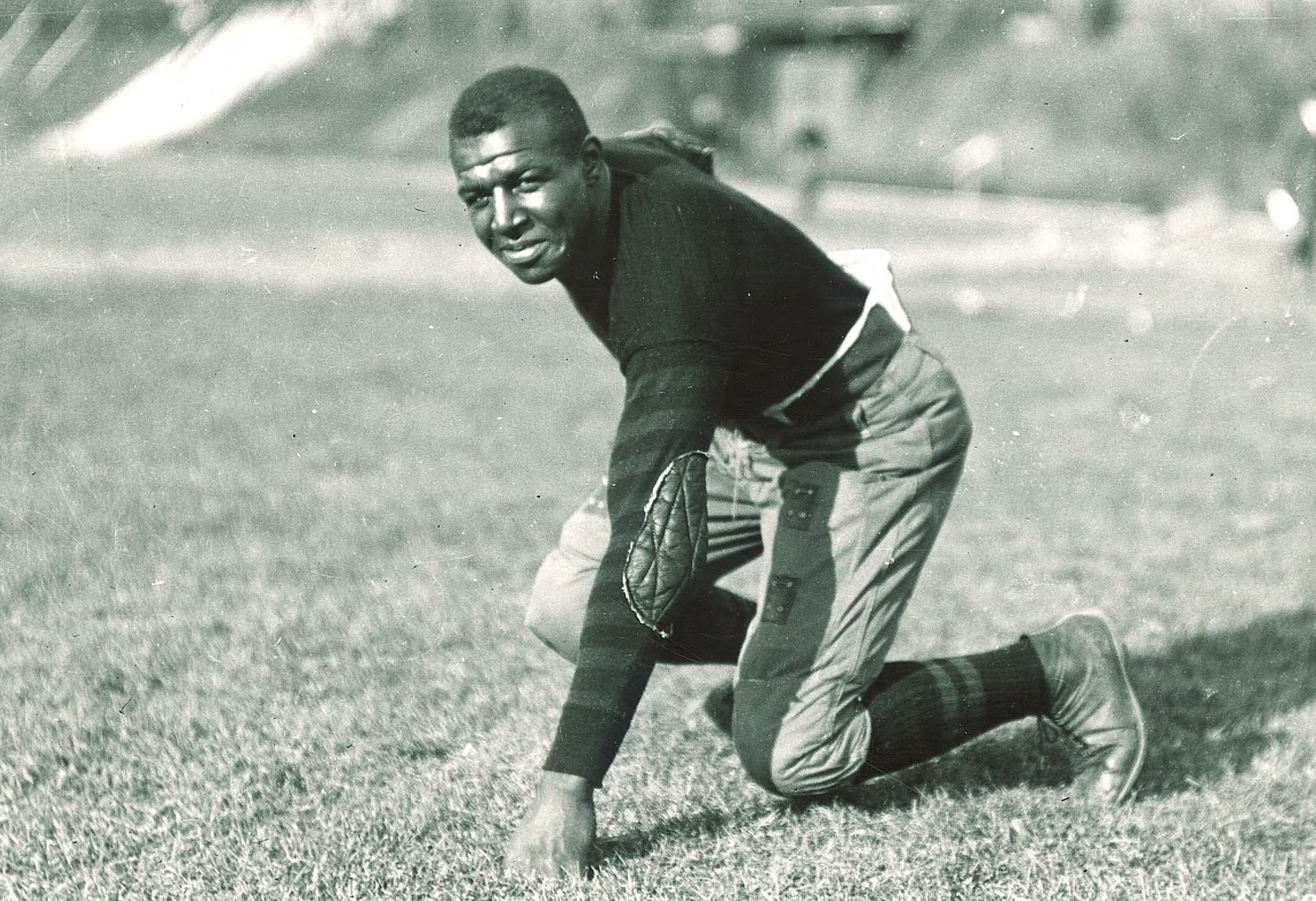The following is written by Olson Graduate Research Assistant Matrice Young Frederick Wayman “Duke” Slater was born in 1898 in Normal, IL to George and Letha Slater. Slater’s first experience playing football came on the streets of the Southside of Chicago, playing pick-up games with the neighborhood kids. During their time playing, Slater discoveredContinue reading “From Athlete to Judge: Famous UIowa Alum Duke Slater”
